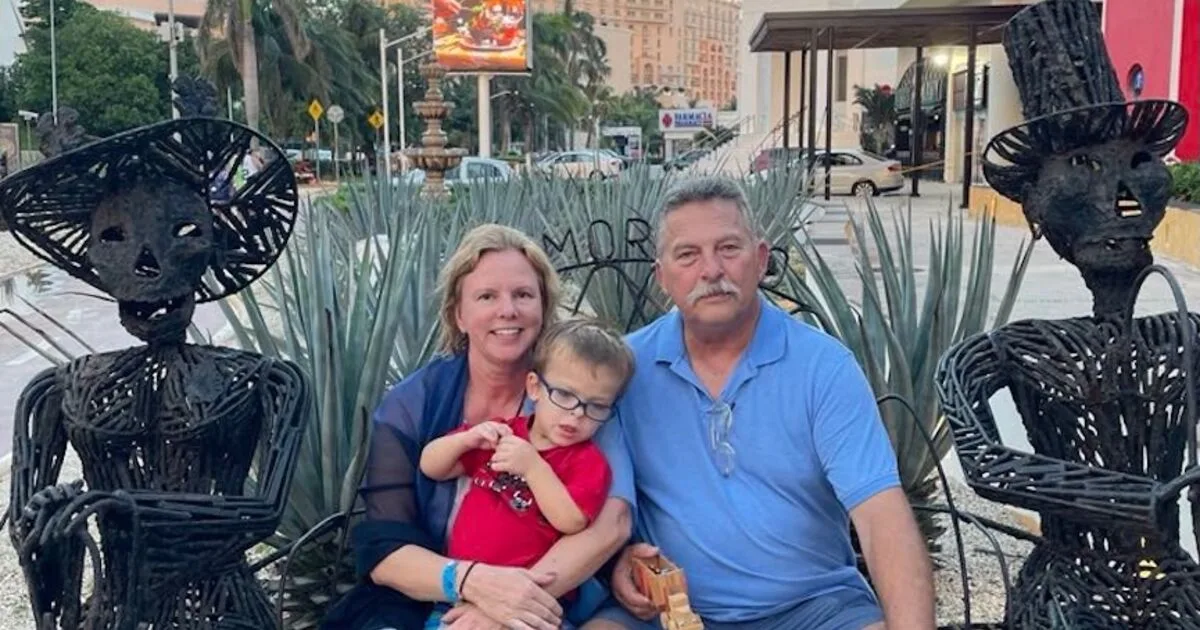Navigating Achondroplasia: A Family’s Story and Hope for the Future
Achondroplasia, a genetic condition affecting bone and cartilage growth, presents unique challenges for affected individuals and their families. This is the story of one family’s journey, highlighting the realities of living with achondroplasia and the potential offered by emerging medical advancements.
Understanding Achondroplasia
Achondroplasia is the most common form of dwarfism. It’s characterized by:
- Short stature
- Disproportionately short arms and legs
- Larger head size
While achondroplasia presents physical challenges, it’s crucial to remember that individuals with this condition can lead full and meaningful lives.
The Family’s Journey: Challenges and Triumphs
Raising a child with achondroplasia requires resilience, adaptability, and a strong support system. This family faced several obstacles:
- Medical complexities: Frequent doctor visits, monitoring for potential complications like spinal stenosis and sleep apnea.
- Accessibility issues: Adapting the home environment to accommodate the child’s needs.
- Social stigma: Overcoming societal misconceptions and promoting inclusivity.
However, amidst these challenges, the family found strength in:
- Early intervention: Accessing therapies and support services to maximize the child’s potential.
- A strong community: Connecting with other families affected by achondroplasia.
- Unconditional love and support: Creating a nurturing environment where the child feels valued and empowered.
Hope on the Horizon: Emerging Treatment Options
Medical research is continually advancing, offering new hope for individuals with achondroplasia. One promising area is targeted therapies that aim to:
- Promote bone growth
- Reduce complications
- Improve overall quality of life
While these treatments are not a cure, they have the potential to significantly impact the lives of those living with achondroplasia. Families should consult with their healthcare providers to explore available options and determine the best course of action.
Final Overview
Living with achondroplasia presents unique challenges, but also opportunities for growth, resilience, and profound love. As medical advancements continue, there is increasing hope for improved treatments and a brighter future for individuals and families affected by this condition. Support, understanding, and access to quality care are vital in ensuring that everyone has the chance to live a fulfilling and meaningful life, regardless of their physical differences.



+ There are no comments
Add yours